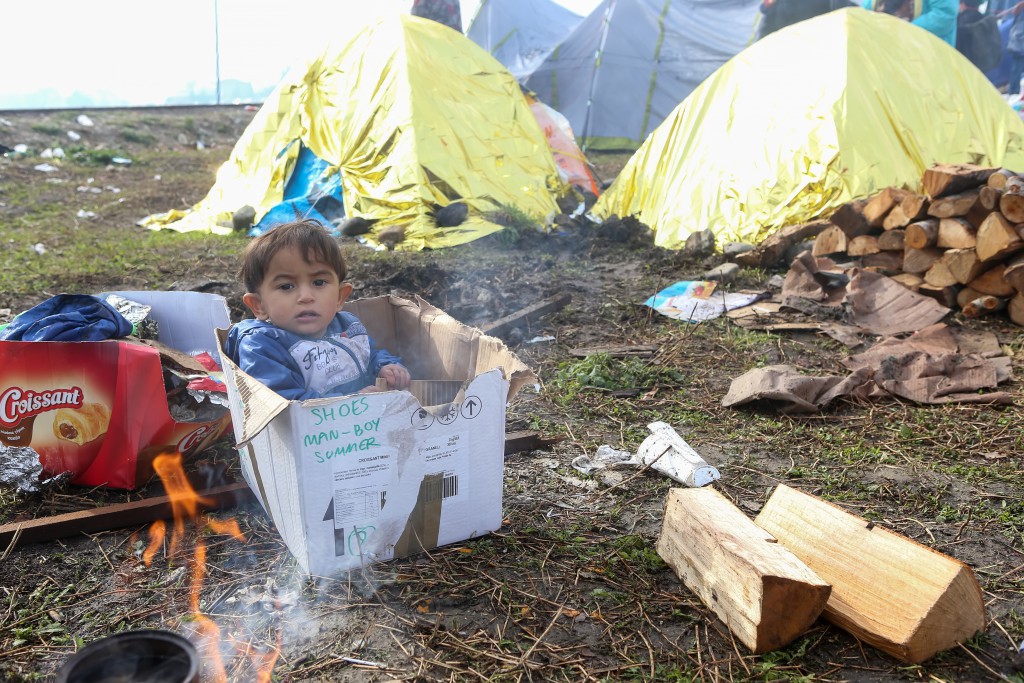IYCF-E
Why is infant feeding in emergencies important?
Infant and young child feeding in emergencies (IYCF-E) pertains to the protection and support of safe and appropriate feeding for infants (birth to 12 months of age) and young children (ages 1 < 2 years) in all types of emergencies wherever they happen in the world.

In disasters, emergencies, and complex humanitarian crises infants and children under two years of age are the most vulnerable to illness and death.
In 2013, UN agencies and other NGOs issued a call for appropriate infant and young child feeding in the Syrian refugee crisis, noting that:
“…statistics showed that in serious emergency situations, such as the one currently facing those affected by the Syria crisis, disease and associated death rates among under-5 children are higher than for any other age group.
The risk of dying is particularly high because of the combined impact of communicable diseases and diarrhea together with possible increases in rates of under-nutrition as people flee their homes.
The people inside Syria and those displaced may find themselves often in very difficult and unsanitary conditions thus can be at major risk of serious water-borne diseases. Breastfeeding confers critical protection from infection especially where safe water is unavailable and there is poor sanitation. Breastfeeding saves lives.”
Image on the left: Child in a cardbox in Idomeni on the Greek-Macedonia border 2016.
Around the world, infants who are not exclusively breastfed in the first 6 months of life are 14 times more likely to die than exclusively breastfed infants. In complex humanitarian crises the risks of not being breastfed are exacerbated.
Non-breastfed and mixed-fed infants are especially vulnerable to malnutrition, sickness, and death. The younger the infant, the greater the risks of not breastfeeding.
The ways that infants are fed in contexts of food insecurity have a direct impact on their vulnerability to malnutrition, illness, and death. Lack of potable water, feeding with bottles and teats that have not been sterilized, preparing formula without clean water, and an unreliable supply of formula leave non-breastfed infants especially susceptible to hunger, diarrhea, dehydration, respiratory illnesses, and ultimately malnutrition.
Breastfeeding is the most effective intervention in reducing deaths in infants and children under the age of 5 in emergencies and disasters.
Infants who are not breastfed require specialized assistance, and a wide range of resources are required to ensure their nutritional needs are being met.
According to UNICEF, minimizing the risks of formula feeding in emergencies entails:
- Avoiding donations of formula, bottles, and teats;
- Ensuring that infant formula is only given when medically necessary to infants who are not breastfed, following a careful feeding assessment;
- Provisioning the other resources required for safely preparing formula feeds.
Additionally, the World Health Organization recommends that when breastfeeding by an infant’s own mother is not possible, that milk from another healthy breastfeeding mother, or donor milk from a human milk bank be considered before offering formula. Cup feeding expressed breastmilk or formula is also recommended instead of bottle feeding, and ready to feed (UHT) liquid formulas are preferable to powders in emergencies.
Donations of money to organizations that provide IYCF-E ensures that they are able to purchase exactly the type of aid and supplies that are needed precisely when they are needed. They also enable organizations to provide skilled breastfeeding support, which has the most substantial impact on infant survival in emergencies.
